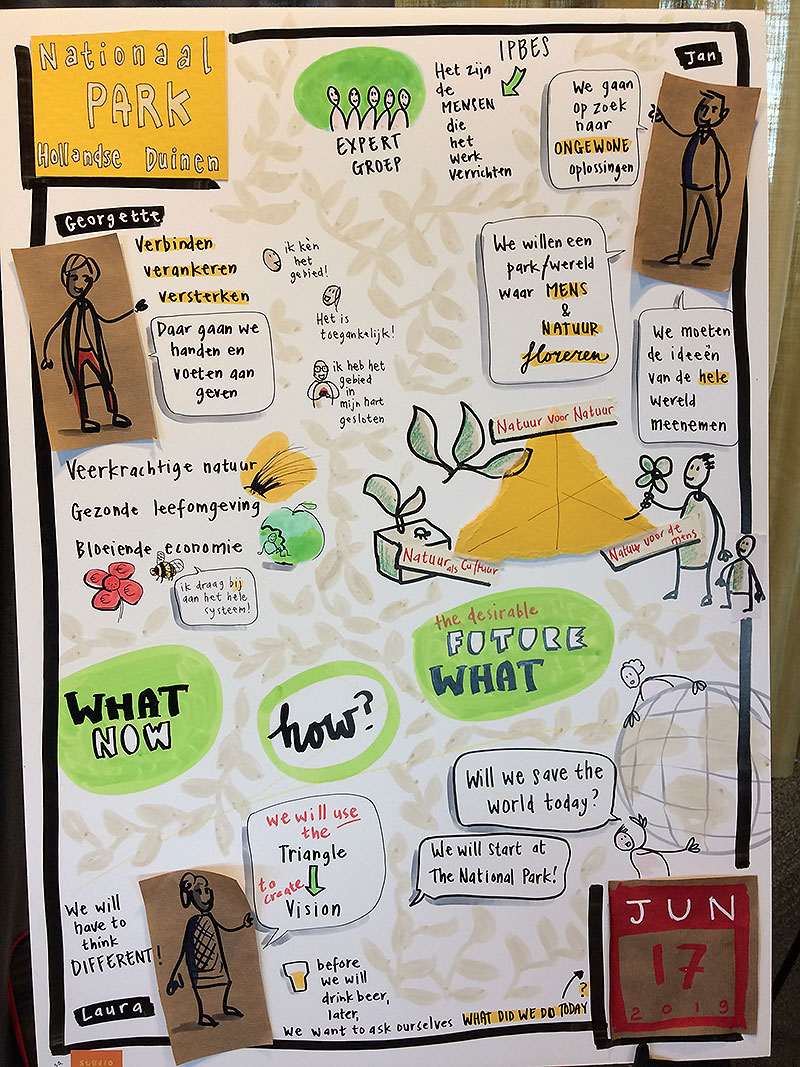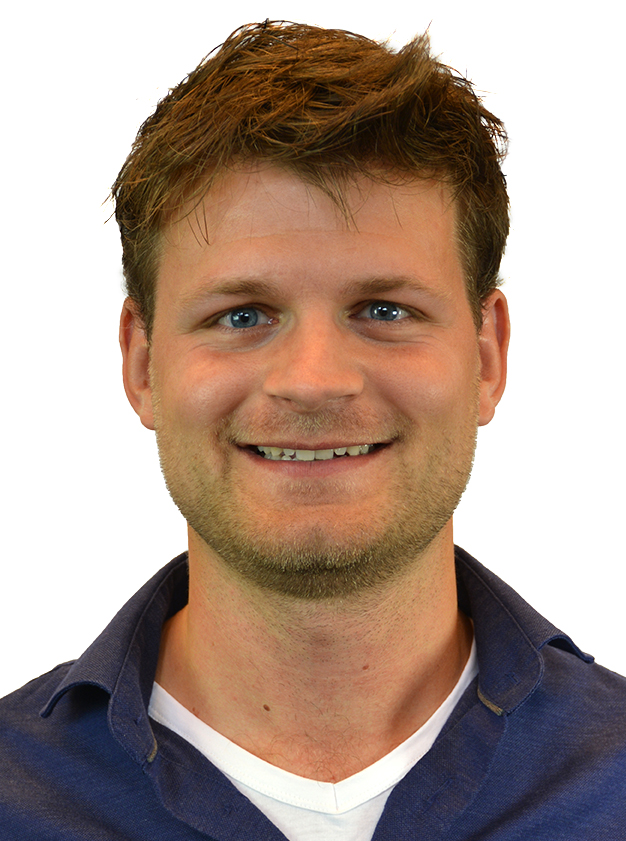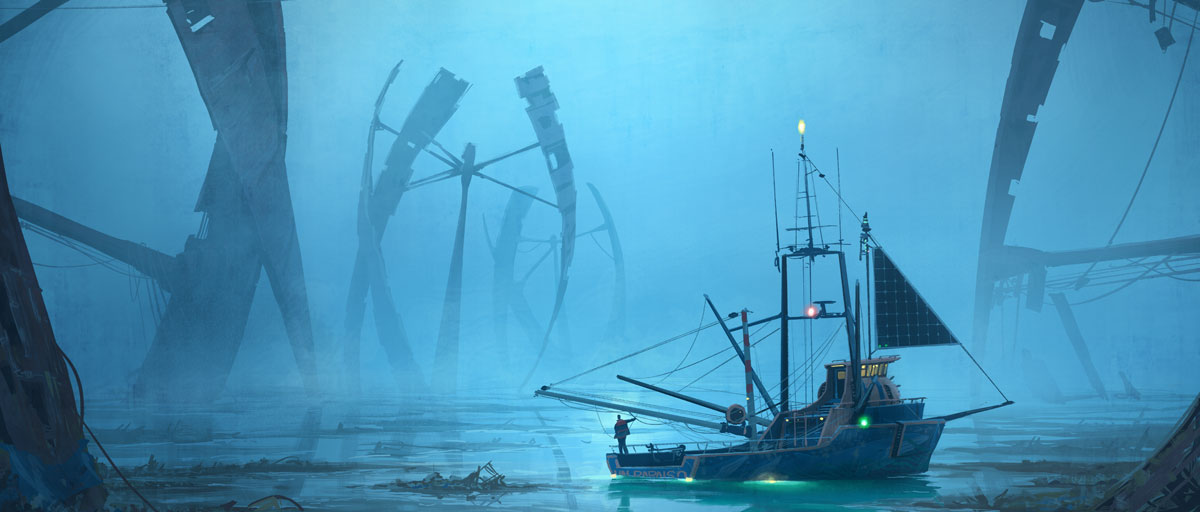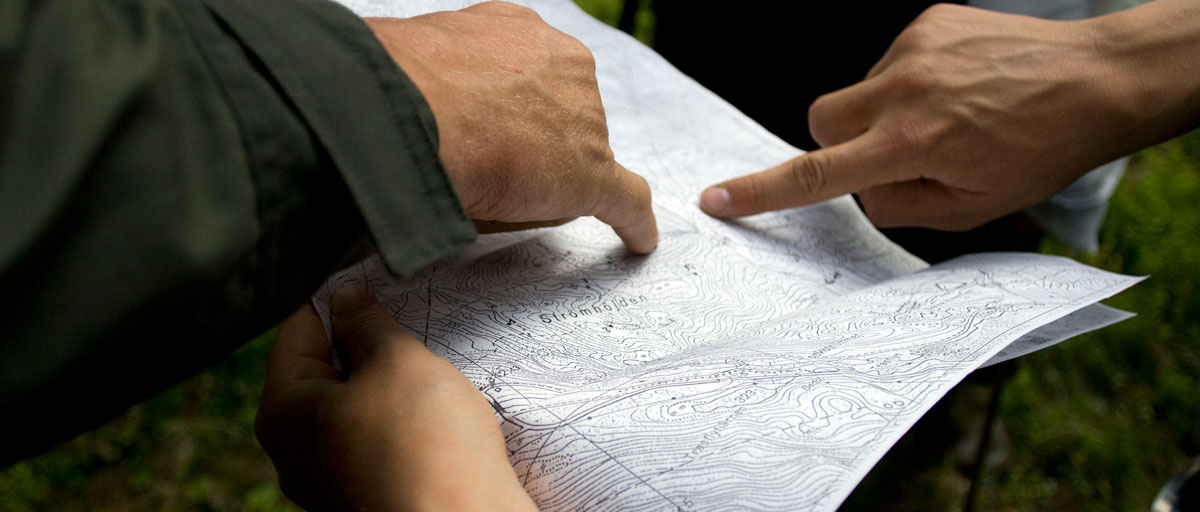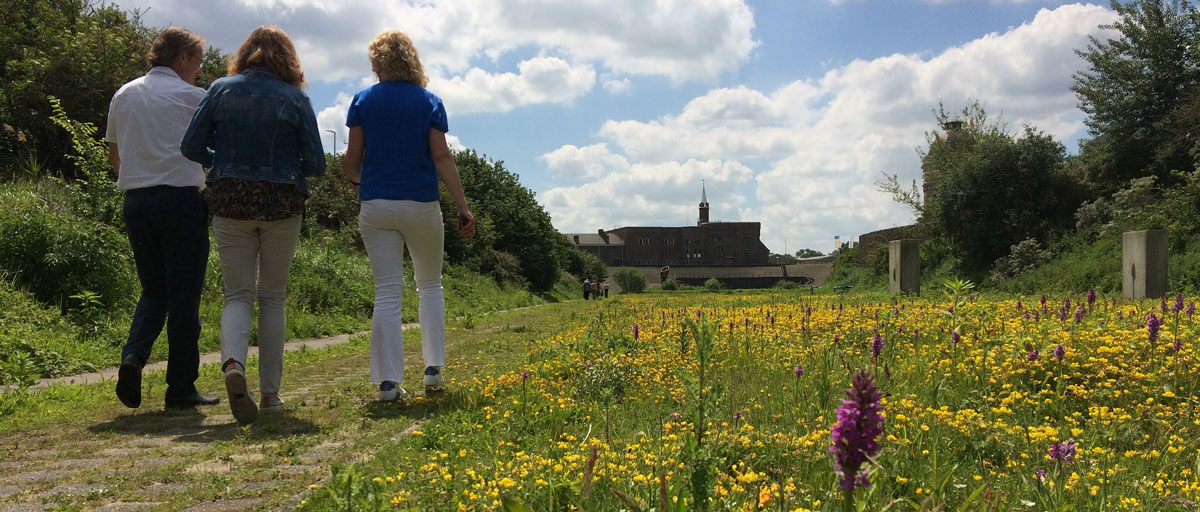
Researchers from the Stockholm Resilience Centre led a visioning workshop to support the development of National Park Hollandse Duinen in the Netherlands. The park aims to be a showcase of how humans and nature can coexist in one of the most developed parts of the world. Photo: J. Kuiper
Bildtext får vara max två rader text. Hela texten ska högerjusteras om den bara ska innehålla fotobyline! Photo: B. Christensen/Azote
Scenario development
Building a national park for the future
Centre researchers lead workshop on the development of a new national park in the Netherlands using novel scenario framework
- A visioning workshop was organised to support the development of National Park Hollandse Duinen in the Netherlands using new methods for exploring positive futures.
- The area of the park covers only 1% of the surface of the Netherlands yet is home to a million people as well as two thirds of all bird and plant species known to the country.
- The workshop gathered various people from local governments, NGOs and science, each of them being key actors and stakeholders in the future of the park.
In late June 2019, centre researchers Jan Kuiper and Laura Pereira led a visioning workshop to support the development of National Park Hollandse Duinen in the Netherlands using new methods for exploring positive futures.
The workshop was organized together with researchers from the Natural Capital Project at Stanford University and the programme director of the National Park, Georgette Leltz.
The workshop brought together a diverse group of local actors and stakeholders involved in the future of the National Park.
The values and hopes that surfaced during the workshop provide a great source of inspiration for our new landscape strategy.
Georgette Leltz, programme director National Park Hollandse Duinen
Unique area for biodiversity
The new National Park Hollandse Duinen in The Netherlands, which aims to be a showcase of how humans and nature can coexist in one of the most developed parts of the world, provides an exciting place to test the Nature Futures Framework, say Kuiper and Pereira.
The area of the park covers only 1% of the surface of the Netherlands yet is home to a million people as well as two thirds of all bird and plant species known to the country. This high biodiversity is largely due to the unique structure of the coastal landscape and the management of the dune ecosystems by the drinking water company Dunea for natural filtration and storage of fresh water to provide 1.3 million people with tap water.
A group of local actors, led by the drinking water company Dunea, recognized that to preserve this unique landscape a collective effort is required that acknowledges the complex interaction between humans and nature in the area. To make it happen, they envisioned a new national park that builds on novel collaborations, policy alignment, experimentation and system innovation.
Bucking trends of business as usual
The workshop process used the Nature Futures Framework to elicit and discuss people's diverse and preferred relationships with nature, and combined it with an adapted version of the visioning method of the Seeds of Good Anthropocene Project to explore positive futures of the National Park including transformative pathways to achieve these futures.
The Nature Futures Framework is a tool for mapping diverse, positive relationships with nature: nature for society, nature for nature and nature as culture. It comes on the back of the recent Intergovernmental Science-Policy Platform on Biodiversity and Ecosystem Services (IPBES) Global Assessment which called for urgent action to halt biodiversity loss and protect fundamental ecosystem functions that maintain all life on Earth. However, with business-as-usual trends being persistently difficult to buck, it can be challenging to perceive what a more positive future could even look like.
The IPBES expert group on scenarios and models - in which Kuiper is a fellow and Pereira an expert member - recognised this. Over a 2-year process the expert group developed the Nature Futures Framework. The group is now developing a variety of studies using the framework in order to develop the concept further. The ultimate goal is to create a new set of biodiversity scenarios for environmental assessments.
Visioning positive futures
The Nature Futures Framework proved effective in helping create positive visions and explore transformative pathways for the new national park. Participants realized that they all hold diverse values of nature and relate to it in different ways in different contexts. They articulated the need to identify a shared set of key values and principles to self-organize their collective efforts, like a swarm of swallows, without compromising on the richness and diversity of nature values that can be found in the park. A graphic artist captured the outcomes of the rich group discussions, making it easier for participants to relate to what they were imagining.
The workshop was an inspiring process that left many of the participants invigorated to try something new in order to deliver on the positive visions that they had explored. As a next step the participants expressed the wish to “become more concrete” by drawing on spatial maps and start engaging with how real actions could be taken, leveraging the positive energy from the group.
The ideas, aspirations and contestations that were surfaced during the visioning workshop directly feed into the new landscape strategy of National Park Hollandse Duinen.
